Picture this…
Meat on skewers, sizzling over hot charcoal, perfectly grilled with signs of slight charring from the flame. Imagine placing your fingertips at the tip of the skewer and dipping it into aromatic peanut sauce for the perfect blend of spiciness and sweetness from the meat.
Did we make you drool? You guessed right if you thought of sticks of satay. Sorry to burst your gastronomical bubble, but what you were about to put in your mouth, can contribute to the development of cancer.
Now that we have caught your attention, let’s learn about some cancer-causing chemicals around us.
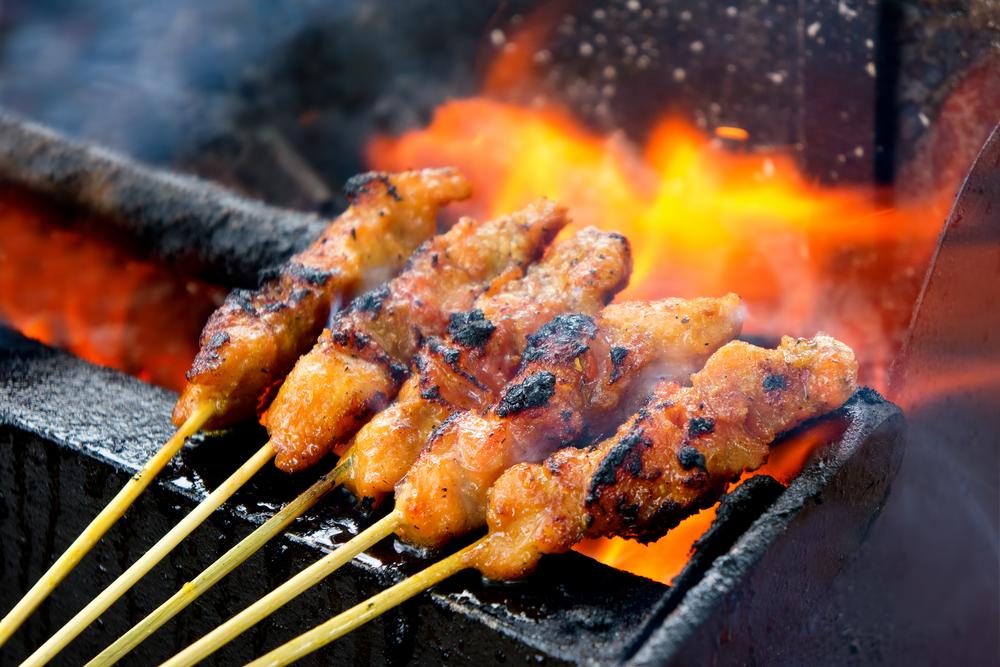
Sorry to burst your gastronomical bubble, but what you were about to put in your mouth, can contribute to the development of cancer.
Needle in a haystack
Carcinogens are substances or radiation that promote carcinogenesis (the formation of cancer) and looking out for them is like searching for a needle in a haystack. There are over millions of possible carcinogens, and industrial developments aren’t making things easier. The main issue is testing for carcinogenic elements in substances. The process of laboratory research, animal and human testing as well as testing of patients with cancer can be tedious and costly. A good example is smoking. It took over 50 years to conclude that the 8000-year-old tobacco is actually malignant.
In February 2022, Malaysia’s Department of Occupational Safety and Health (DOSH) drafted a revised list of prohibited carcinogenic substances under the Occupational Safety And Health (Prohibition of Use of Substance) Order 1999. This Order will cover the prohibition of the use of carcinogenic substances, ban detrimental ones and stipulate their use by companies.

Types of carcinogens
The International Agency for Research on Cancer (IARC) has classified carcinogens based on their levels of exposure:
| CARCINOGENS GROUPS | |
|---|---|
| Group 1 | Carcinogenic to humans |
| Group 2A | Probably carcinogenic to humans |
| Group 2B | Possibly carcinogenic to humans |
| Group 3 | Unclassifiable as to carcinogenicity in humans |
| Group 4 | Probably not carcinogenic to humans |
We have also managed to name several cancer-causing matters to slam the door on:
#1 Tobacco
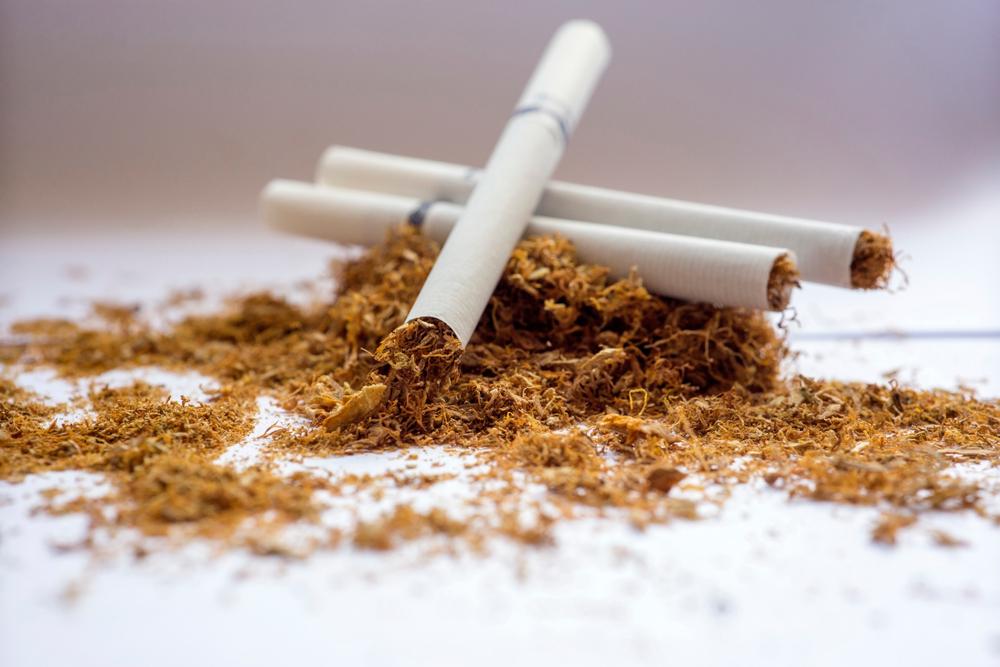
The classic case of cancer is strongly tied to the once revered stress-buster, smoking. Backed by science, at least 70 chemicals in tobacco can lead to many types of cancer, putting it in carcinogens Group 1. Thus, putting second-hand smokers at risk too. With the uprising of e-cigarettes, especially among youngsters, we can expect an increase in cancer cases in the decades to come. Although not directly linked to cancer, vape is proven to contain 15 times the amount of formaldehyde found in traditional cigarettes. This chemical is very much associated with lung, oral and bladder cancer.
#2 Radon

This gas can be found in small amounts in nature, where it’s harmless. However, if it’s breathed indoors in a large amount, you could find the lining of your lungs ruptured. Radon can’t be seen or smelled, making it the number one cause of lung cancer in nonsmokers. Despite that, special tests can expose radon levels in your homes and offices.
#3 Asbestos

Asbestos is used to strengthen roof shingles, ceiling tiles, and car parts. Yet if its strong but thin fibres are broken and breathed in, your lungs could be lodged. Therefore, look into protective gear to wear when dealing with asbestos or hire an expert for the job.
#4 Crispy, Brown Foods

Alas, we’ve come to the devastating part where we learn that our favourite food could cause cancer. Burning, charring, smoking and roasting are how our barbecue meat, kaya toast and ayam goreng seringgit (fried chicken worth RM1) are born. Unfortunately, such golden brown crispiness looks good on billboards and nowhere else because when cooked over high temps, a cancer-causing chemical called acrylamide is released.
#5 Formaldehyde

This chemical is used in many household products, mainly in plywood furniture, fabrics and cosmetic products like nail strengtheners. As a precaution, you could open up some windows for some air circulation to lower the humidity levels.
#6 Ultraviolet Rays

Skincare lovers are known to preach on SPF. What does it do? SPF or Sun Protection Factor measures how much sunscreen can protect our skin from ultraviolet rays. These rays are notorious for causing sunburn, skin damage and skin cancer. That’s why SPF 30, 40, 50 or 100 are plastered on almost every bottle of sunscreen, moisturiser, lip balm and lotion. Stay safe by shading your skin with SPF 30 sunscreen, a hat and sunglasses.
#7 Alcohol
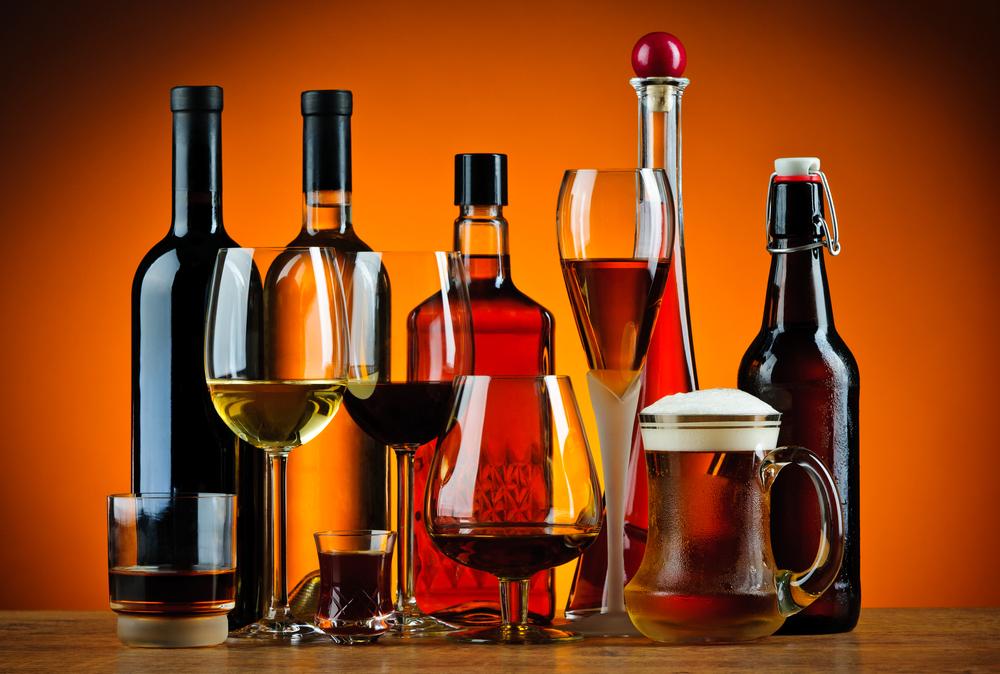
Beer, wine, and hard liquor are made with carcinogenic chemicals. Therefore, the more alcohol is consumed, the greater your odds of getting certain types of cancers such as:
- Head and neck
- Breast
- Colorectal
- Esophageal
- Liver
Classified as a Group 1 carcinogen, a glass of wine here and there is still acceptable as it’s rich in antioxidants.
#8 Processed meat
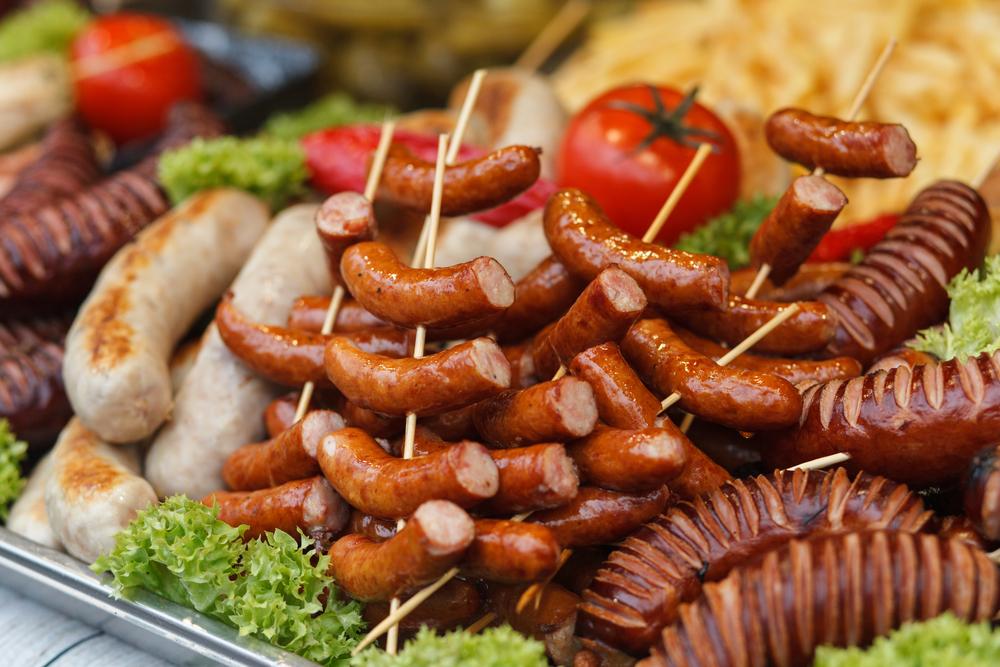
Processed foods are often salted, fermented, smoked and generally modified with preservatives. As the fast food empire emerges stronger than ever, we must limit the consumption of processed meat. This is because they’re strongly linked to colorectal cancer and are classified as a Group 1 carcinogen.
#9 Engine exhaust
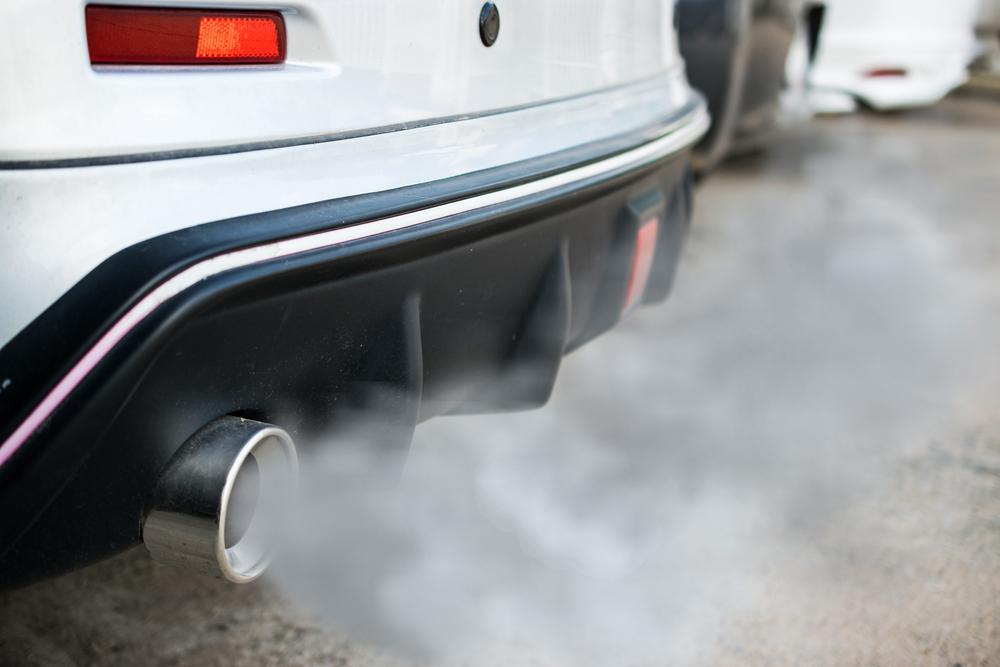
Another common carcinogen we’re exposed to is exhaust gases. Almost every vehicle on the road releases harmful gases that we just can’t avoid. So next time, try your best to avoid idling in traffic.
How do carcinogens work?
Carcinogens modify our Deoxyribonucleic Acid (DNA) strands which lead to mutations. These mutations vary from rapidly adding cells or omitting important ones from the original structure.
Most importantly, the amount and duration of the exposure, genetic makeup and many other factors play a part in determining your susceptibility to falling sick with cancer.
What’s next?
Now that we have identified foods that can induce cancer, let’s look at some healthier alternatives:
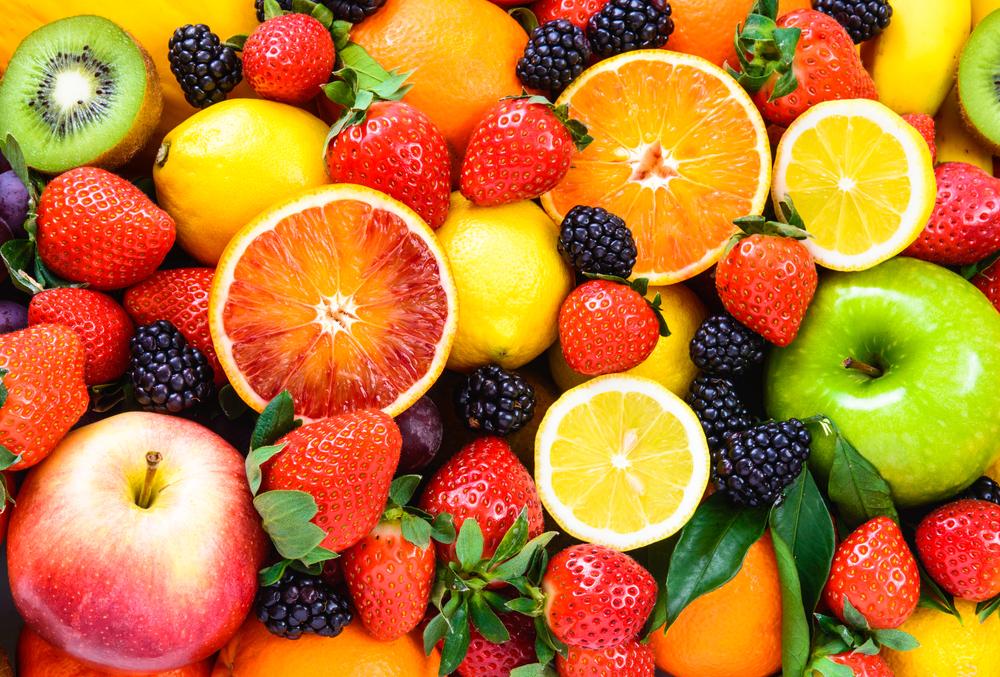
- Apples and citrus fruits
- Berries
- Tomatoes
- Dairy
- Garlic
- Nuts
- Whole grains
- Turmeric
- Fish
- White meat like chicken and turkey
Cancer is still a giant human foe. Research is also still ongoing for its cure. Until then, it’s up to us to fight against carcinogens, eat well, move more and share healthy news with each other. Now that you know a little more about cancers, tell the person next to you!
Sources: Medical News Today, WebMD, American Cancer Society, Very Well Health














